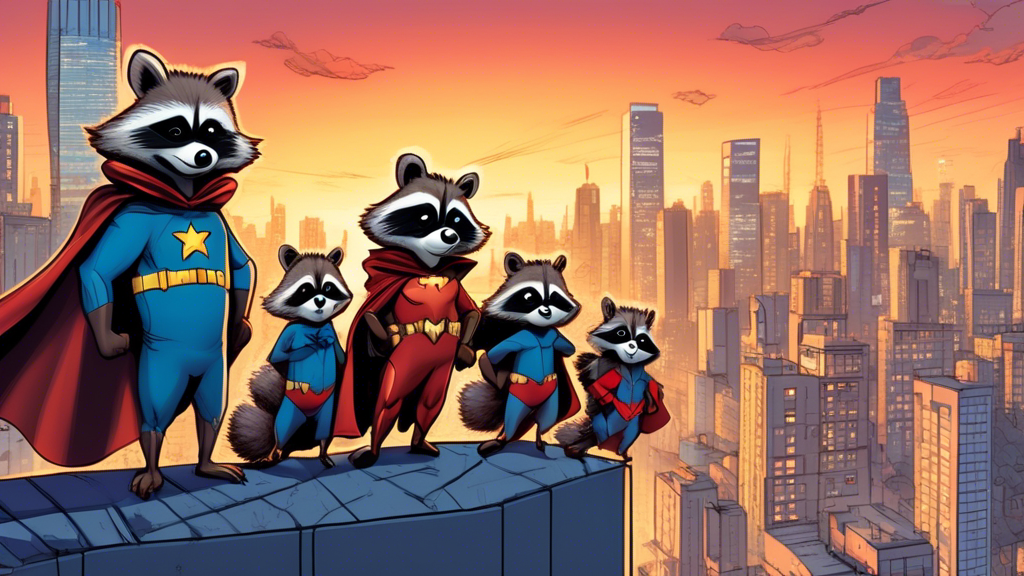The Rise of the Raccoons
In an unexpected turn of events, urban areas around america are reporting a significant increase in raccoon populations, marking a new chapter in the saga of human-wildlife cohabitation. Known for their dexterous hands and intelligent problem-solving abilities, raccoons have long been a part of urban landscapes. However, the recent surge in their numbers has sparked both curiosity and concern among city dwellers and researchers alike.
Why Are Raccoon Populations Rising?
Experts point to several factors contributing to the raccoon population boom. First is the abundance of food sources found in urban environments. From easily accessible trash bins to pet food left outdoors, raccoons have little trouble finding meals in the city. Additionally, the decline of natural predators in urban settings has allowed raccoon populations to grow relatively unchecked. Changes in climate and human encroachment on natural habitats also play a role, driving more raccoons into cityscapes in search of resources and shelter.
Raccoons: Clever Urban Survivors
Raccoons have proven to be remarkably adept at navigating the urban jungle. Their ability to open jars, unlock trash bins, and even use complex strategies to access food showcases their intelligence and adaptability. These skills, combined with their nocturnal habits, make racoons proficient at living alongside humans, albeit often unseen.
The Impact on Urban Communities
The rising raccoon population is eliciting mixed reactions among urban residents. On one hand, raccoons are celebrated for their intelligence and often amusing antics, becoming unexpected urban wildlife stars. Social media platforms are awash with videos and photos of raccoons engaging in surprisingly human-like behaviors, from riding public transit to “washing” their food.
On the other hand, the increase in raccoon numbers brings challenges. Reports of property damage, disrupted garbage collections, and even confrontations between raccoons and pets have become more common. Concerns about health risks, such as the spread of rabies and other diseases, are also prompting cities to reconsider their wildlife management strategies.
Moving Forward: Coexisting with Raccoons
As raccoons continue to thrive in urban environments, the question of how to coexist peacefully with them remains. Wildlife experts are advocating for better trash management solutions, such as raccoon-proof garbage containers, and public education campaigns to discourage feeding wildlife. Meanwhile, cities are exploring humane ways to manage raccoon populations, including habitat modification and non-lethal deterrents.
The rise of the raccoons in urban settings is a testament to their resilience and adaptability. It also serves as a reminder of the intricate relationship between humans and wildlife, highlighting the need for thoughtful coexistence strategies that benefit both parties. As we move forward, the story of the urban raccoon will undoubtedly continue to evolve, offering valuable insights into the dynamics of urban ecosystems and our place within them.

